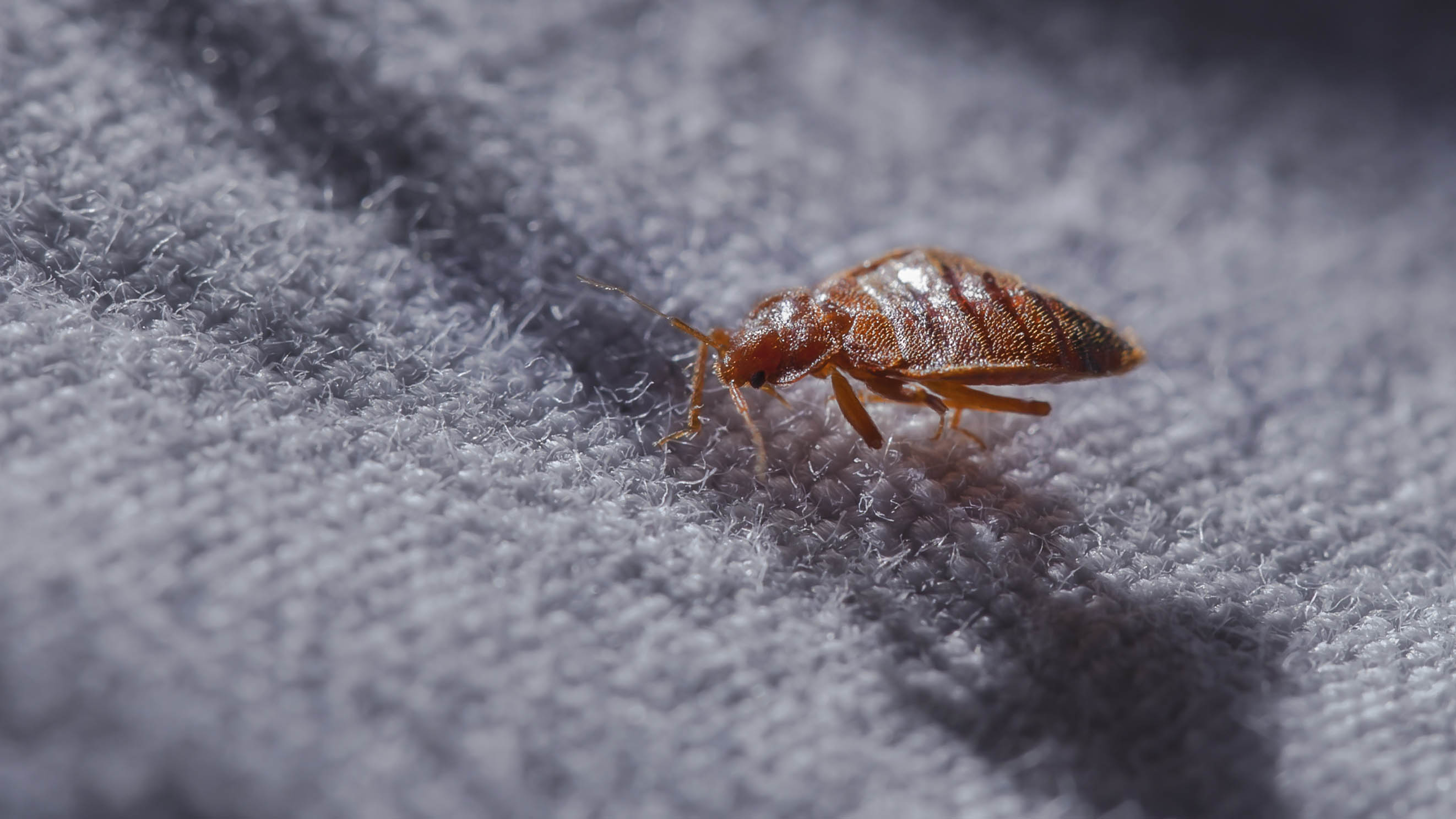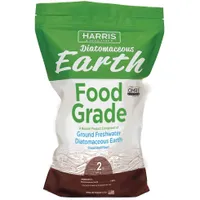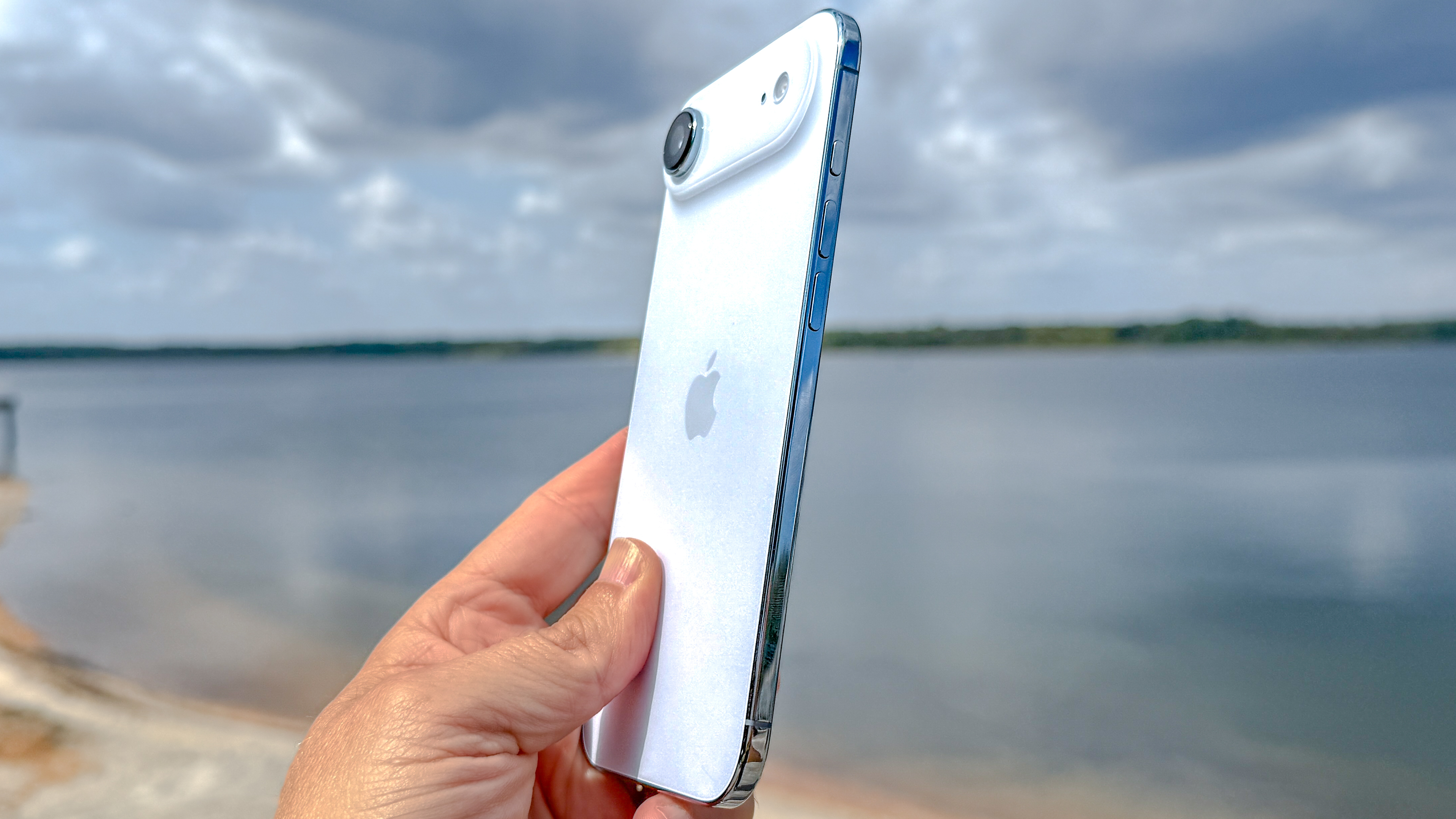This city is the worst in the US for bed bugs — but with my top bed bug prevention tip you don't have to cancel your 4th of July getaway
Diatomaceous earth is my go-to for bed bug control

I hope you haven't just eaten: Terminix has released its annual guide to the Top 50 bed-bug infested cities in the US and yes, it's as horrifying as you were expecting.
Topping the list is Philadelphia and if you were hoping to celebrate the 4th of July in the birthplace of America, you might be rethinking your trip.
However, the right bed bug treatment can keep your home pest free, no matter how far and wide you travel (that top 50 really bounces around the US.)
As a mattress expert I've heard every type of bed bug removal method, from never-going-to-work old wives tales to skin-peelingly harsh chemicals.
But there's one bed bug control tip that continuously comes up as effective, affordable and safe to use: diatomaceous earth.
Harris Food Grade Diatomaceous Earth 2lb: from $16.98 at Amazon
Diatomaceous earth is an effective (and pet safe) pest control that's widely available at hardware stores and from online retailers. Available in both pool grade (or garden grade) and food grade options, opt for food grade to fight against bed bugs as due to its lower levels of crystalline silica, it's safer to use indoors. As well as fighting bed bugs, diatomaceous earth is commonly used in garden pest control so this one bag can have a lot of useful applications.
If your home city cracks the bed bug top 50, or your upcoming long weekend getaway is in a bed bug heartland, I recommend investing in a bag of diatomaceous earth — you can pick one up for less than $20. Below I'll explain why and how to use it.
Of course, bed bugs are a global problem so wherever you might be heading this summer, check out our travel tips to avoid bringing bed bugs home.
What is diatomaceous earth?
Diatomaceous earth is the fossilized remains of diatoms; a type of algae. Containing a high amount of silica, this soft rock is crumbled into sand for easy application.
When bed bugs (and other types of insects) come into contact with diatomaceous earth the fine powder sticks to the exoskeleton and absorbs moisture, causing the bug to die of dehydration.
Unlike some forms of pest control, diatomaceous earth doesn't lose potency. Once you've set your trap, you can leave it to work for as long as necessary.
Diatomaceous earth is also safe to use around pets, although you should avoid getting it directly on the skin as this can cause irritation.
How to use diatomaceous earth to prevent bed bugs
I can't guarantee that diatomaceous earth will keep your home bed bug free — these pests are annoyingly hard to spot, impressively fast and capable of surviving a long time without food.

However, following these methods can help prevent a bed bug outbreak before they've destroyed your mattress...
- Apply a thin layer of diatomaceous earth to your mattress: If you suspect bed bugs are already in your mattress, sprinkle diatomaceous earth on the surface, cover with a mattress protector and use as usual.
- Create a diatomaceous earth barrier: To stop bed bugs getting to your mattress in the first place, use a thick circle of diatomaceous earth to create a wall around the bed.
- Create a wall around the room: One final barrier, spread diatomaceous earth in to the corners and base boards of your room to capture any bed bugs hiding in the crevasses.
- Wait: Bed bugs don't need to eat regularly so leave the diatomaceous earth undisturbed for as long as possible to catch any stragglers.
- Vacuum and repeat: When you're ready to clean, vacuum away any traces of diatomaceous earth (and any dead bugs.) Make sure to vacuum your mattress as well. Then if necessary, repeat.
7 more things to prevent and kill bed bugs
As mentioned, I've probably thought more about bed bugs than the average person, which means I've been exposed to pretty much every bed bug treatment under the sun (although I'm always willing to learn more.)

A quick response is the best way to save your bed but if it's too far gone, our guide to the best mattresses we've tested can help you find a new one.
But while the methods below aren't guaranteed to fix a bed bug problem (except maybe the last one...) they do have a good hit rate and are typically either inexpensive or rely on common household appliances:
- Glue traps: Bed bug glue traps literally stop bed bugs in their tracks and can be a quick way to identify the start of an infestation.
- Mattress encasements: Like a protector that covers the entirety of the mattress, zippered mattress encasements add a barrier to prevent pests from burrowing into your bed.
- Chemical killers: Pest control such as CrossFire can kill bed bugs but before you use any chemical treatment make sure it's safe for a mattress.
- Mattress vacuums: You can use your regular vacuum to clean your mattress but it's easier to get into the cracks and crevices with a mattress vacuum.

- Steam cleaner: Bed bugs don't like heat so steam cleaning can be an effective pest control method (as well as a way to fresh up your mattress.) Be aware you can't steam clean a memory foam mattress.
- Wash at a high heat: Your washing machine can be an effective tool against bed bugs, particularly if they've hitched a ride home in your suitcase. Wash affected clothing at 140 degrees F for 90 minutes. The only catch? You can't fit your mattress in a washing machine.
- Contact the professionals: As some point it just has to be done. If you can't get your bed bugs under control, it's time to get in the professionals.

Ruth is an experienced Senior Staff writer at Tom’s Guide, covering all things sleep and mattresses. She writes to help people sleep better, from how-tos to the latest deals to mattress reviews, and has interviewed an array of experts who share her passion. She is also our specialist on memory foam — she’s flown around the world to see memory foam being made — and leads our hotel mattress content. She has a deep interest in the link between sleep and health, and has tried enough mattresses, from Helix to Nectar to Simba, to know the right bed really can make a difference to your wellbeing. Before joining the team at Tom’s Guide, Ruth worked as a sleep and mattress writer for our sister website, TechRadar.
You must confirm your public display name before commenting
Please logout and then login again, you will then be prompted to enter your display name.

